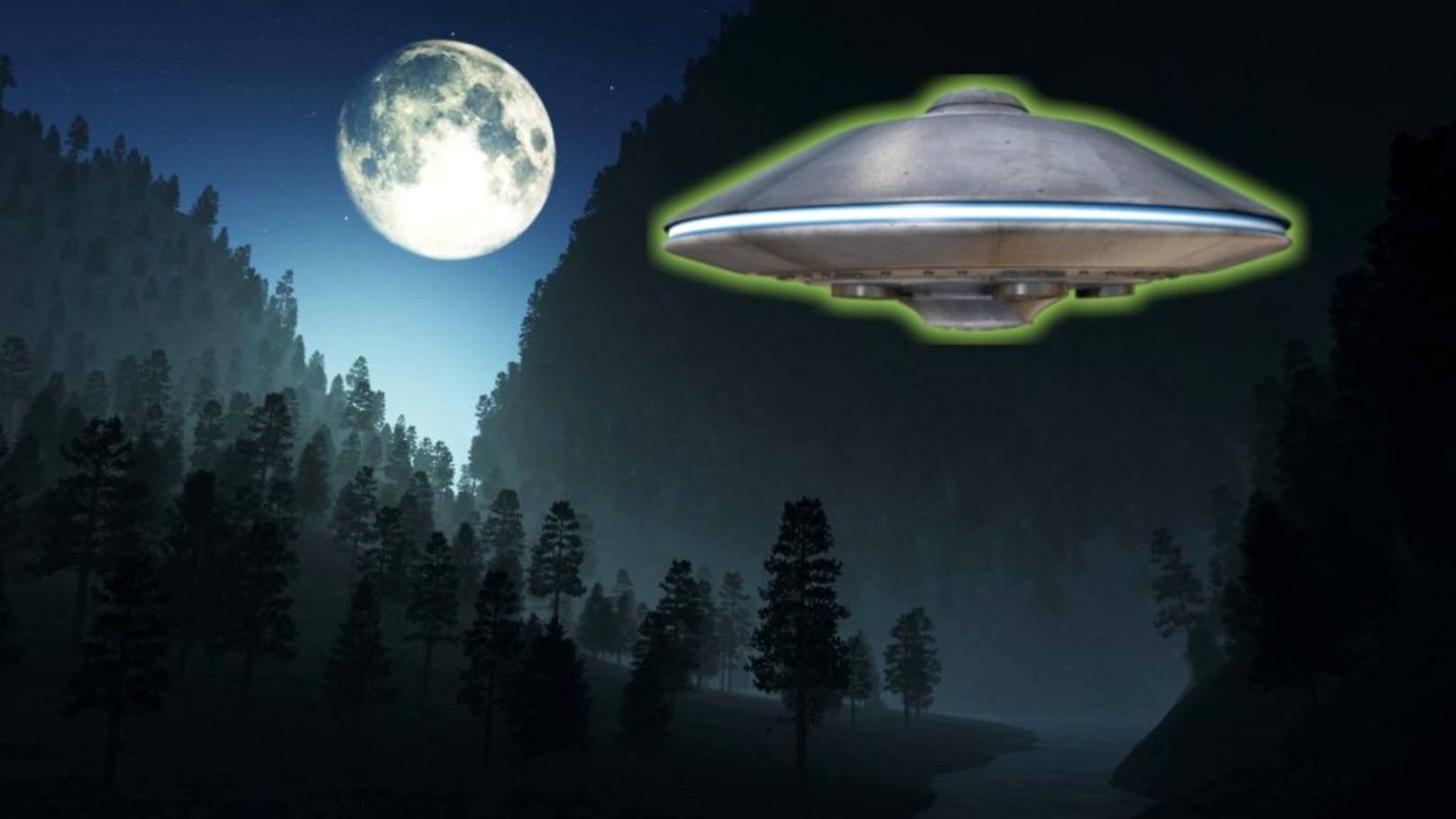Alien Abductions

Alien abduction stories have spread widely over the last hundred years, though they did not truly hit their stride until the 1961 Barney and Betty Hill abduction. Some abductees report their abductions as warm, pleasant experiences with intense psychic contact. Other abductees have reported that aliens conducted scientific experiments or operations on their unwilling patients. How can these vastly different experiences be explained?
After the Hill abduction, investigators collected more and more accounts, usually, though not always, elicited through hypnosis. In most cases witnesses told of seeing a UFO or even humanoid beings, then suffering amnesia for a period of anywhere from a few minutes to a few hours. Some witnesses claimed repeated experiences that started when they were children.
The clear implication was that UFO beings (typically described in these instances as little gray humanoids with oversize heads, slanted eyes, two holes for a nose, and a slit for a mouth) had a long-term interest in certain human beings. Some abductees even reported that the abductors had put small implants — usually said to be tiny balls inserted through the nose and (apparently) into the brain via a long needle-inside their bodies.
In time new and even more unsettling dimensions to the abduction experience came to light. Some female abductees reported sexual experiences followed by pregnancies that would be terminated in a follow-up abduction some months later. During later abductions the UFO entities would show the women strange-looking children, apparently human/alien hybrids, whom they would sense were their own.
Not surprisingly, such reports gave rise to furious controversy. Even many ufologists rejected them, preferring, in common with UFO skeptics, to believe “abductions” were fantasies generated by the process of hypnosis itself. Contrary to popular understanding, hypnosis is no royal road to the truth. Hypnotic subjects are in a highly suggestible state and may seek to please the hypnotist. Thus, if the hypnotist asks leading questions, the subject will be led to provide the desired answers. Moreover, purely imaginary events can seem real under hypnosis (confabulation), as testified to in the phenomenon of “past lives” recounted while in a hypnotic state.
To test the confabulation hypothesis, folklorist Thomas E. Bullard collected all available abduction accounts. He found that as many as one-third of the informants had full conscious recall of their experiences and had never resorted to hypnosis to elicit the details. These non-hypnotic reports proved identical in all significant particulars to those told under hypnosis. Bullard also learned that the identity of the individual hypnotist made no difference. The stories remained consistent down to details that even those most familiar with the phenomenon had failed to notice. In short, Bullard concluded, whatever its ultimate cause, the abduction phenomenon was not the product of hypnosis. “The skeptical argument needs rebuilding from the ground up,” he wrote.
A growing number of mental-health professionals have conducted their own investigations of the abduction phenomenon. In the early 1980s psychological testing of a small group of abductees in New York indicated that they suffered from post-traumatic stress disorder (PTSD). Dr. Elizabeth Slater, a psychologist with a private practice in New York City, remarked that these findings are “not inconsistent with the possibility that reported UFO abductions have, in fact, occurred.” Other studies since then have come to similar conclusions, and the scientific investigation of the abduction phenomenon continues.



 Creators of mankind
Creators of mankind Description of “Tall white aliens”
Description of “Tall white aliens” Where they came from?
Where they came from? About hostile civilizations
About hostile civilizations The war for the Earth
The war for the Earth “Tall white aliens” about eternal life
“Tall white aliens” about eternal life Video: “Nordic aliens”
Video: “Nordic aliens” Aliens
Aliens Alien encounters
Alien encounters The aliens base
The aliens base UFO
UFO Technology UFO
Technology UFO Underground civilization
Underground civilization Ancient alien artifacts
Ancient alien artifacts Military and UFO
Military and UFO Mysteries and hypotheses
Mysteries and hypotheses Scientific facts
Scientific facts


















